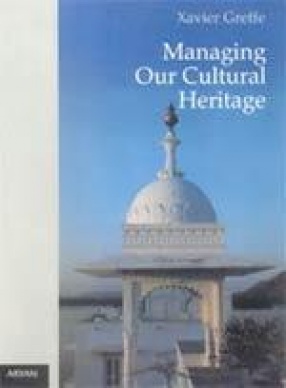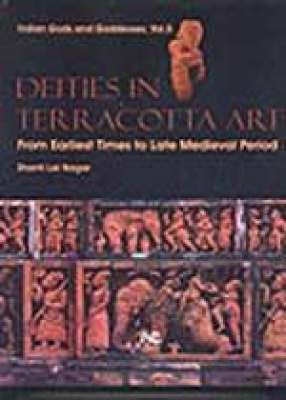Cultural heritage is the sum-total of historical sites, neighbourhoods, art collections and practices that a society inherits from its past and tries to preserve for future generations. In principle, nothing is as far removed from our production-and-trade-based economy as this body of unchanging assets that defy duplication. However, the development of cultural tourism, the importance of artistic pursuits and the vitality of art markets, testify to the economic value of this heritage. By generating resources, both directly and indirectly, it provides gainful employment to a large number of people. The first three chapters deal with these economic dimensions and the chain of jobs and resources that they generate. After establishing the importance of cultural heritage in the present economic system and the conventions that demarcate its outlines, this book will describe the services it renders to households and enterprises, to regions and societies, in order to determine its economic value. The next three chapters deal with the management of heritage-related resources. Is it possible to talk of effectiveness and efficiency and if so, what are the proper instruments to achieve them? Is there a system for marketing cultural heritage? How does one price the acquisition of heritage-related services? The last chapter shows why markets do not permit an optimal allocation of funds and a suitable level of activities, especially in urban areas. Does it follow that our heritage policies should be shaped by the shortcomings of the market or should they be changed by demonstrating the advantages of a heritage ecosystem?
Managing our Cultural Heritage
In stock
Free & Quick Delivery Worldwide
reviews
Bibliographic information
Title
Managing our Cultural Heritage
Author
Edition
1st ed.
Publisher
ISBN
817305214X
Length
viii+195p., Illustrations; Appendix; Index.
Subjects





There are no reviews yet.